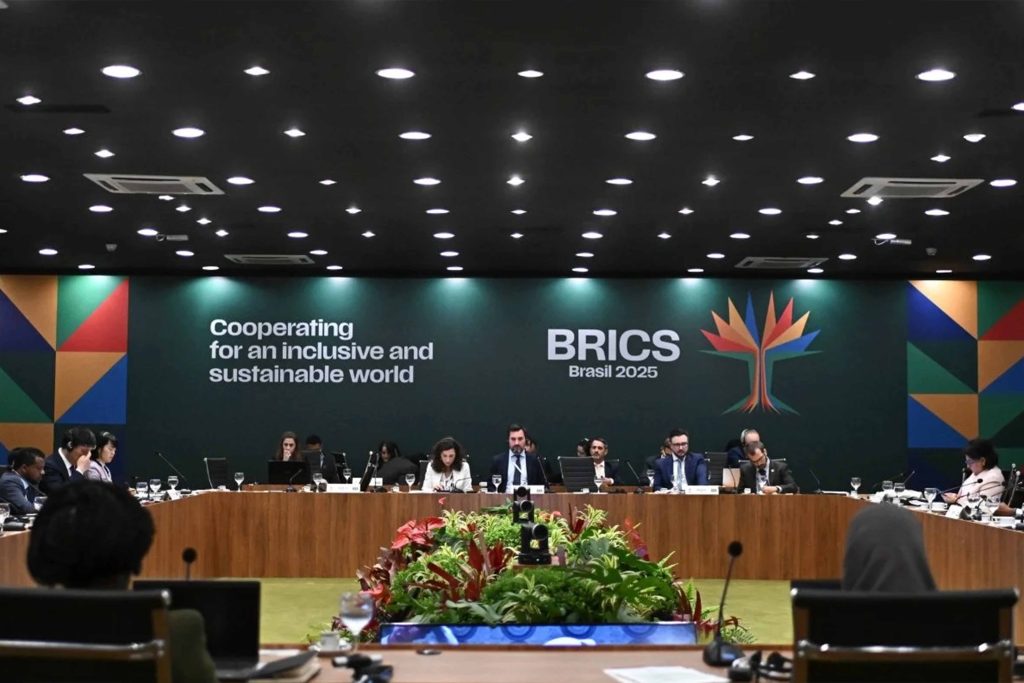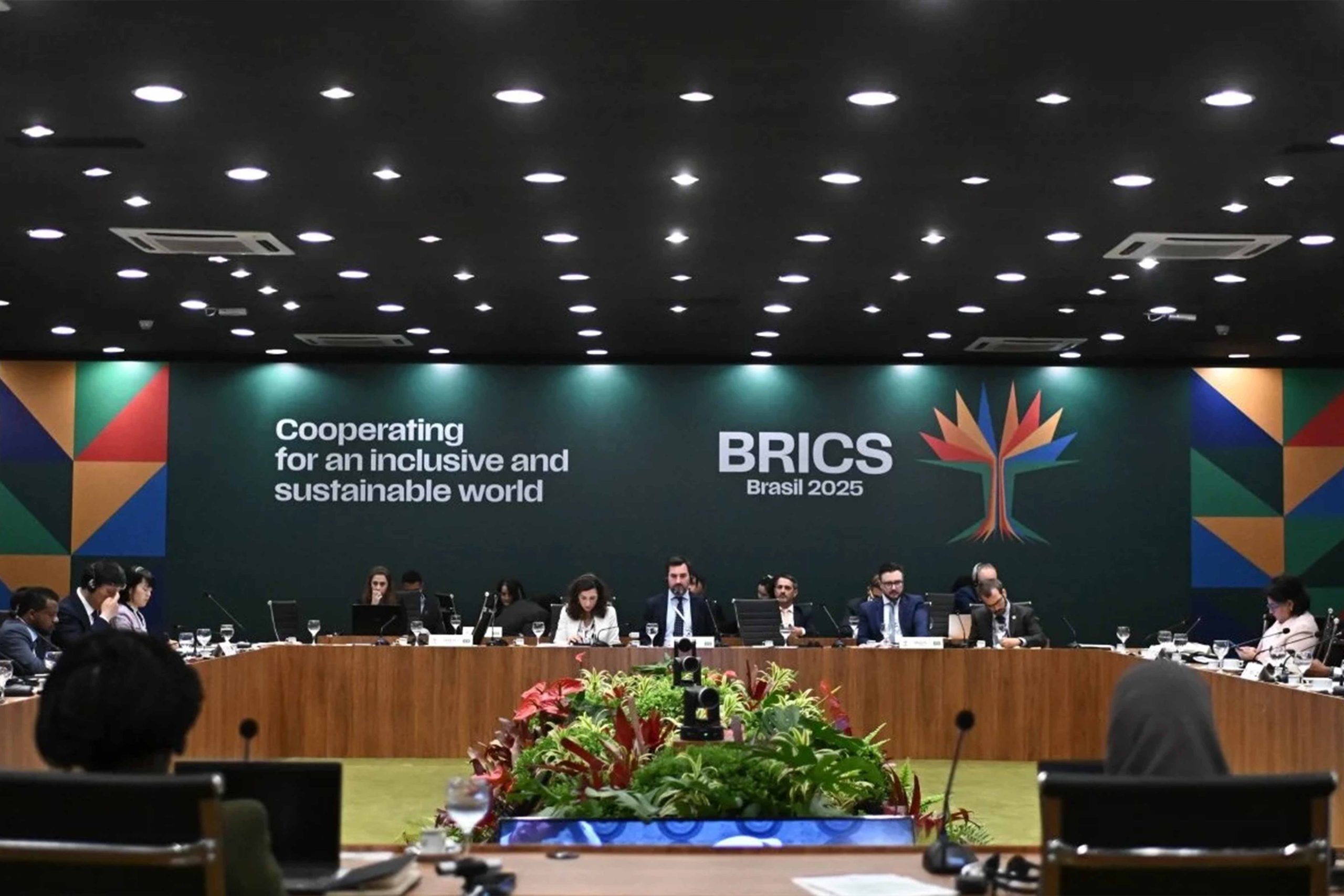BRICS Advantage for Investing in Russia

For international investors operating in Russia, staying informed about major economic alliances is crucial. One such alliance is BRICS, a union of influential emerging economies that continues to shape financial and geopolitical developments across multiple regions.
Originally formed by Brazil, Russia, India, and China, with South Africa joining in 2010, BRICS has recently expanded its membership, increasing its economic weight and strategic importance. This expansion introduces new considerations for investors, particularly in areas such as cross-border finance, infrastructure development, and alternative payment systems.
Understanding the structure and objectives of BRICS can help foreign investors make informed decisions in today’s international context
What Is BRICS?
BRICS is a group of major emerging economies: Brazil, Russia, India, China, and South Africa. The acronym was first introduced as ‘BRIC’ by economist Jim O’Neill in 2001. In 2010, South Africa joined the group, forming what is now known as BRICS.
This intergovernmental organization seeks to stimulate economic cooperation, support sustainable development, and provide a platform for dialogue among its member states. As of 2025, BRICS has evolved into a more solid and inclusive group, reflecting a broader shift in the global economic order.
A Brief History and Major Milestones
The development of BRICS has been marked by several notable events:
- 2009: The introductory BRIC summit was held in Yekaterinburg, Russia.
- 2010: South Africa joined, establishing the current BRICS format.
- 2014: Creation of the New Development Bank (NDB) and the Contingent Reserve Arrangement (CRA), offering financial alternatives to traditional Western-led institutions.
- 2023: Six countries (Argentina, Egypt, Ethiopia, Iran, Saudi Arabia, and the United Arab Emirates) were invited to join. Argentina later withdrew.
- 2024: Egypt, Ethiopia, Iran, and the UAE officially became members.
- 2025: Indonesia was admitted as a full member, bringing total membership to ten countries.
Expanded Membership: A New Global Power Block
With its 2025 expansion, BRICS now includes:
- Brazil
- Russia
- India
- China
- South Africa
- Egypt
- Ethiopia
- Iran
- United Arab Emirates
- Indonesia
This expansion strengthens BRICS as a powerful economic group, now representing over 45% of the world’s population and around 36% of global GDP. For foreign investors in Russia, the growing cooperation among BRICS countries offers new opportunities, while also bringing changes to the economic and regulatory setting that call for careful planning and informed decision-making.
Principal Initiatives
To support its long-term vision of financial autonomy and stronger South-South ties, BRICS has launched several major initiatives:
1. New Development Bank (NDB)
Established to finance infrastructure and sustainable development projects in emerging economies, the NDB provides loans in local currencies, reducing exposure to foreign exchange volatility and reliance on Western-dominated financial institutions.
2. Contingent Reserve Arrangement (CRA)
The CRA acts as a financial safety net, offering liquidity support to members during times of economic difficulty. It is a vital tool for macroeconomic stability across the BRICS bloc.
3. BRICS Pay
Launched in 2018, BRICS Pay is a decentralized cross-border payment system that facilitates transactions in local currencies. This initiative aligns with the bloc’s objective of reducing dependency on the U.S. dollar and enhancing monetary autonomy.
Looking Ahead: Challenges and Opportunities
As BRICS continues to evolve, its long-term impact will depend on several factors:
- Internal Cohesion: With varied political systems and economic interests, maintaining strategic alignment among member states will be crucial.
- Global Influence: BRICS’ ability to offer credible alternatives to institutions such as the IMF or World Bank will determine its weight on the international stage.
- Further Expansion: Countries such as Turkey, Algeria, and Nigeria have expressed interest in joining, indicating the bloc’s potential for continued growth and diversification.
Conclusion
The expansion and institutional development of BRICS signal a profound shift in global economic governance. For foreign investors operating in Russia, these changes present both fresh opportunities and new variables to consider. A solid understanding of BRICS, including its goals and operations, is essential to making sound investment decisions in the region
Our legal team provides comprehensive support to international clients on cross-border partnerships, compliance, and regulatory issues associated with Russia’s role in BRICS.







